Have you ever noticed small, reddish-brown bugs crawling on the leaves of your plants? Then, you may have had a clover mite infestation. These pests are a type of arachnid, related to spiders and ticks, and can be difficult to get rid of.
Clover mites are tiny, red pests that are a common problem for homeowners. These pests are attracted to homes and buildings because they are seeking warmth and shelter. Clover mites often enter homes through cracks and crevices in the foundation or around doors and windows. They feed on plant sap, which can damage plants. Moreover, they also leave red stains on surfaces like walls and furniture. In large numbers, clover mites can become a nuisance, hence you must be able to identify them.
The History Of Clover Mites
Clover mites are a type of arachnid, related to spiders and ticks. They are very small, about 1/30 of an inch long. Clover mites are red or reddish-brown and have eight legs.
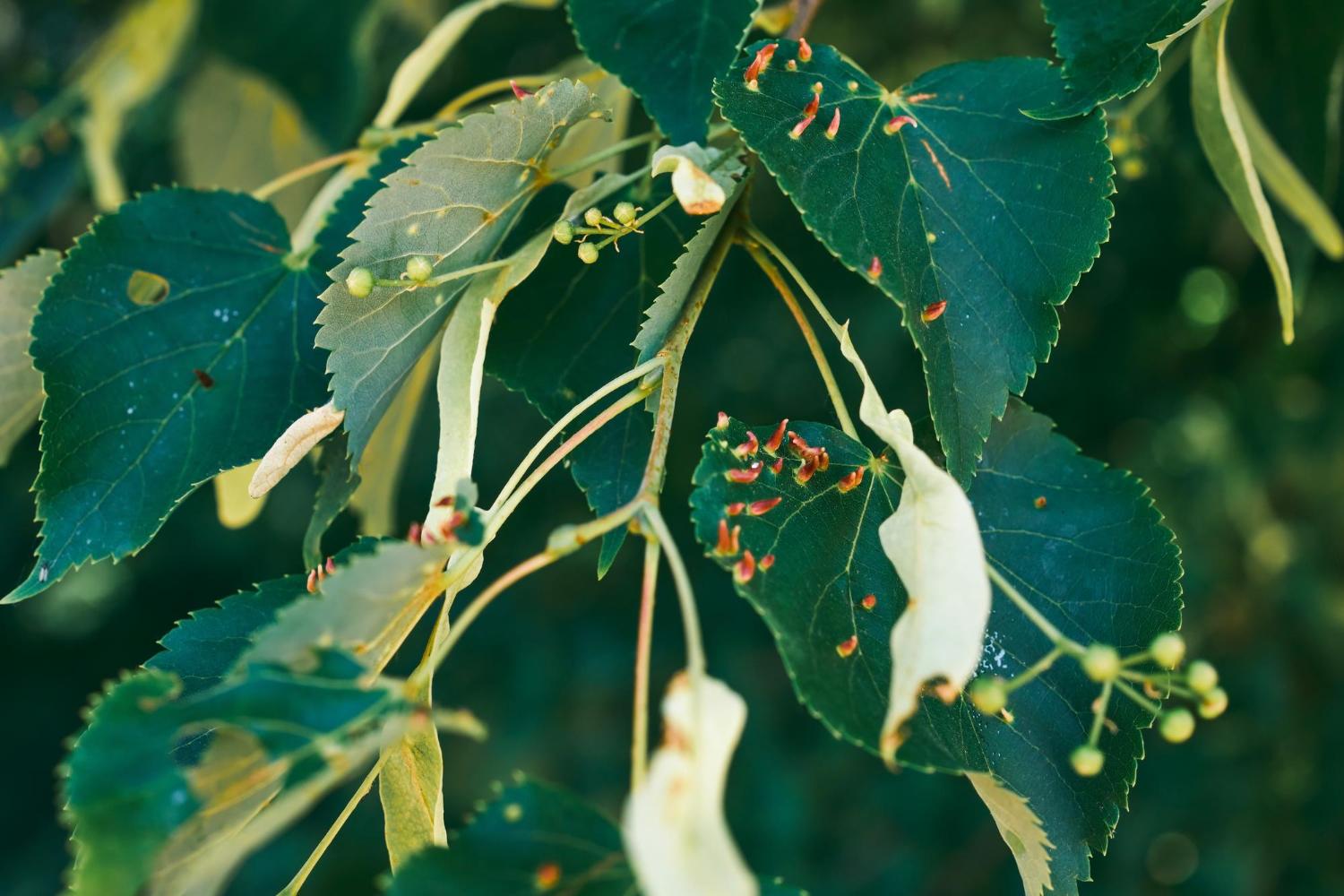
Credit: Freepik
They got their name from the fact that they are often found feeding on clover plants. However, they also feed on other types of plants, including grasses, ivy, and other flowering plants. Clover mites do not bite or sting humans or animals, and they are not known to carry any diseases.
Meanwhile, they are commonly found in the spring and fall. During the spring, they are often seen crawling on the sunny sides of buildings. In the fall, they may enter homes and other buildings in large numbers in search of a warm place to overwinter.
Clover mites are a nuisance because of their large numbers and their reddish-brown color, which can stain curtains, furniture, and walls. They can also be difficult to remove from buildings once they are inside.
How To Identify Clover Mites
Clover mites are small, red arachnids that often invade homes in large numbers. They are attracted to warm, sunny areas and are often seen on windowsills or walls. Clover mites do not bite or sting and are not harmful to humans or pets. However, their presence can be a nuisance.
-
How can you tell if you have clover mites?
Clover mites are very small, about the size of a pinhead. They are red or brown and have eight legs. If you suspect you have clover mites, look for small red dots on walls, windowsills, or other light-colored surfaces. You may also see them crawling on your clothing or furniture.
-
What do clover mites eat?
Clover mites feed on plant juices, which is why they are often found on plants or in gardens. However, they will also feed on other organic matter, such as insects.
-
How can you get rid of clover mites?
Clover mites can be difficult to get rid of once they are inside your home. They reproduce quickly and can easily re-infest an area. The best way to get rid of clover mites is to vacuum them up and then dispose of the vacuum bag immediately. You can also try using a strong stream of water to force them out of cracks and crevices. If you have a severe infestation, you may need to contact a pest control professional.
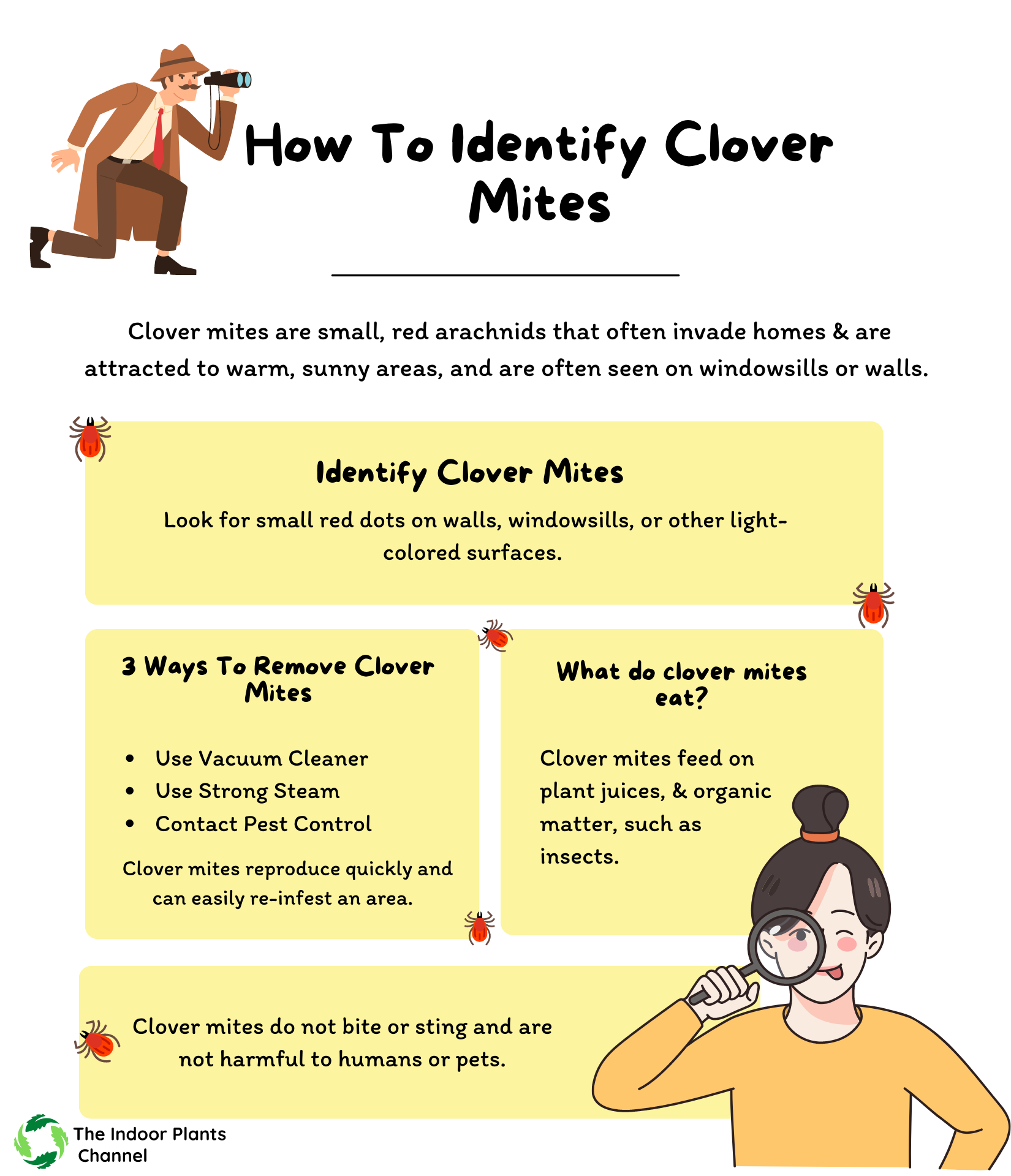
The Benefits Of Having Clover Mites
Clover mites are tiny, red, spider-like creatures that are often found near windows, on walls, or plants. Although they are a nuisance, they are not harmful to humans or animals. There are several benefits to having clover mites around.
- One of the benefits of clover mites is that they are excellent at controlling other pests. They do this by feeding on the larvae of other insects, which helps to keep the population of those insects down. Clover mites are also known to eat aphids, mites, and other small pests. This makes them a valuable ally in the fight against garden pests.
- Another benefit of clover mites is that they are a food source for other animals. Birds, lizards, and frogs all enjoy eating these tiny creatures. This can help to keep the population of these animals down as well.
- Lastly, clover mites are an important part of the ecosystem. They help to break down organic matter, which helps to fertilize the soil. This is important for the health of plants and helps to keep the environment healthy.
The Different Types Of Clover Mites
There are two types of clover mites: the red clover mite and the black clover mite. The red clover mite is more common and is about 1/30 of an inch long. The black clover mite is slightly larger, at 1/25 of an inch long. Both types of mites are reddish-brown and have eight legs.
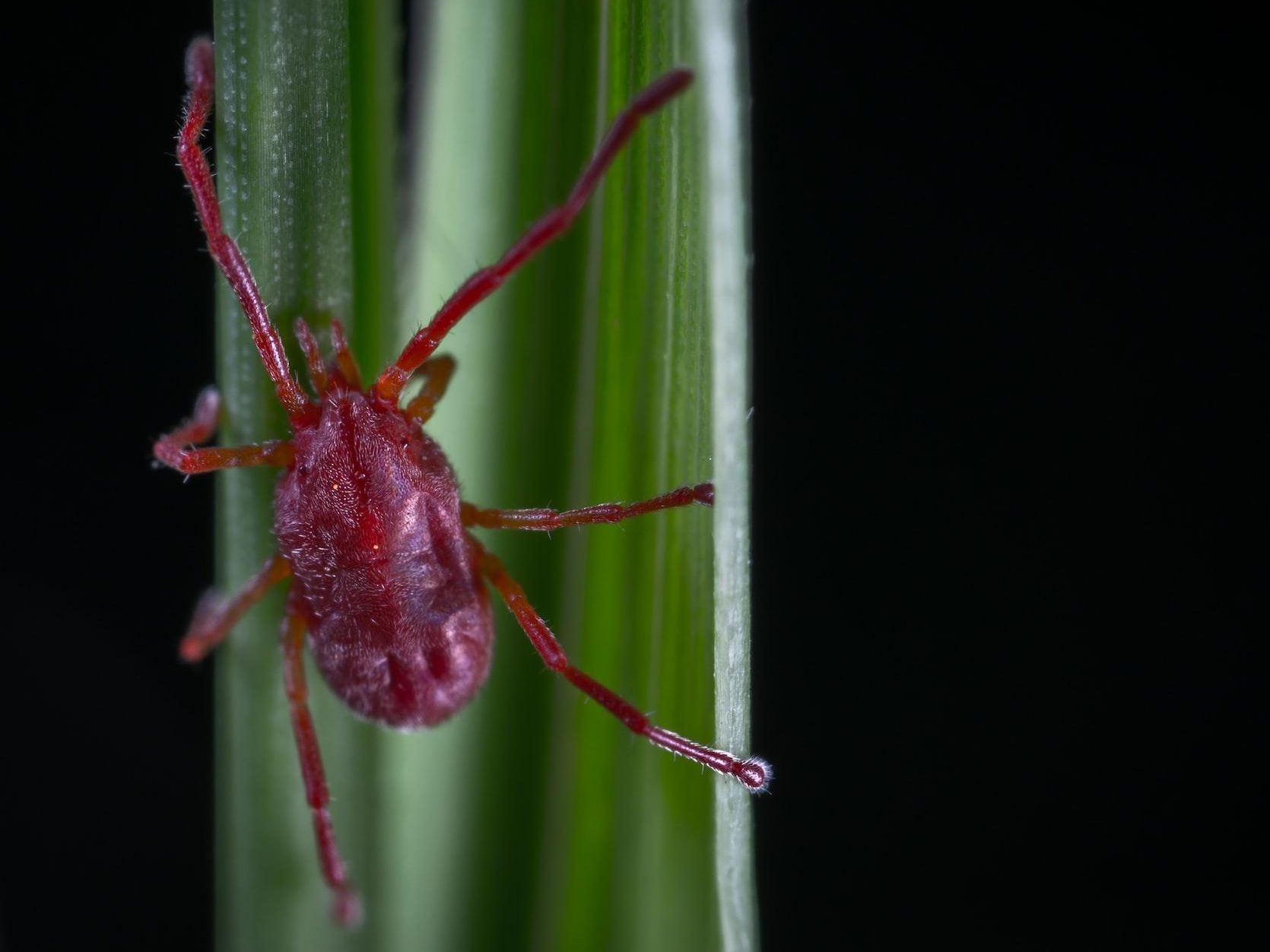
Credit: Unsplash
Clover mites are not known to carry any diseases that can affect humans or animals. However, their presence in large numbers can be a nuisance. When they invade homes, they can cause discoloration of walls and furniture. They can also bite humans, leaving red marks on the skin.
It’s best to contact a pest control professional if you have a clover mite infestation. They will be able to identify the type of mite and determine the best course of action to get rid of them.
The Life Cycle Of Clover Mites
Clover mites go through four stages in their life cycle: egg, larva, nymph, and adult.
- Egg: Clover mite eggs are oval and red, and are usually laid in groups of 12-24 on the underside of leaves near where the female mite is feeding.
- Larva: The larval stage lasts for about three days. During this time, the larva will molt (shed its skin) twice. At the end of the larval stage, the larva will be about the same size as the adult.
- Nymph: The nymph stage lasts for about four days. Nymphs go through three molts during this stage. They will start to look like adults at the end of this stage.
- Adult: Adult clover mites are about 1/30 of an inch long and are oval Their bodies are reddish-brown, and they have eight legs. Adult females lay eggs, and both males and females feed on plant juices.
How To Get Rid Of Clover Mites
If you have clover mites in your home, you’ll want to get rid of them as soon as possible. These tiny pests can be a nuisance, and they can also cause damage to your home if left unchecked.
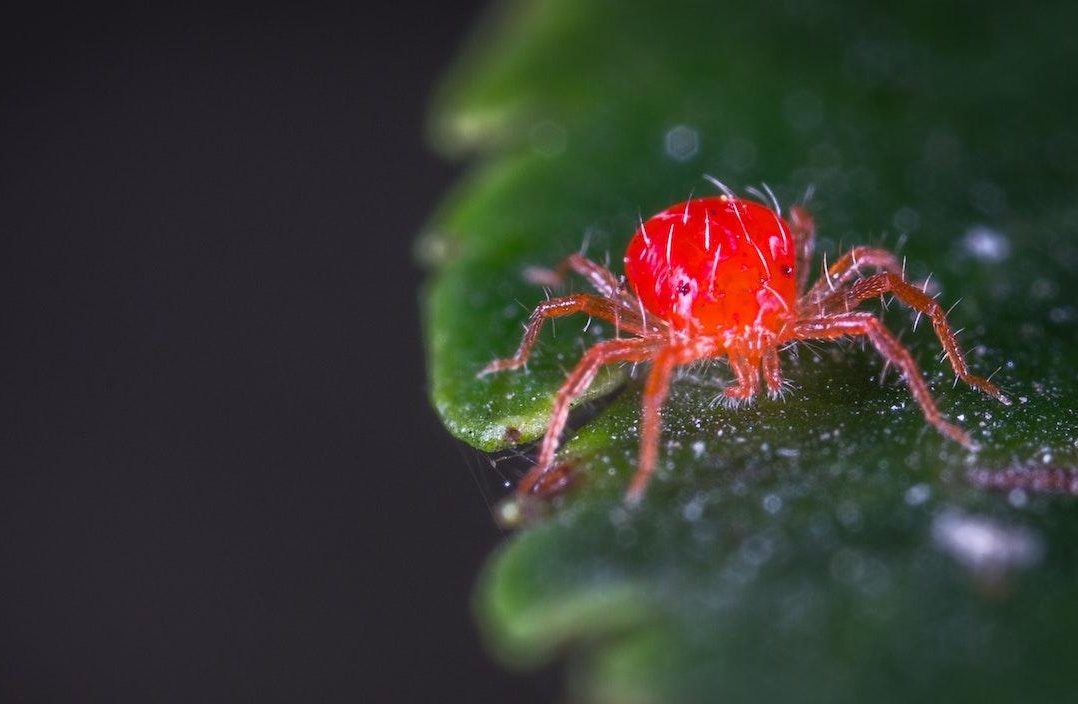
Credit: Pexels
The best way to get rid of clover mites is to vacuum them up. Use a vacuum cleaner with a hose attachment to reach into nooks and crannies where the mites may be hiding. Be sure to empty the vacuum bag or canister into a sealed garbage bag to prevent the mites from escaping.
You can also treat your home with an insecticide designed to kill mites. Be sure to follow the instructions on the label carefully, and take care to keep the insecticide out of reach of children and pets.
If you have plants in your home, you’ll need to be careful when using insecticides, as some of them can be harmful to plants. You may want to consider using an insecticide that is specifically designed for use on plants.
The Dangers Of Clover Mites
Clover mites are very small arachnids that are commonly found near clover and other plants. While they are not harmful to humans, they can be a nuisance. If you have ever found one in your home, you know that it can quickly multiply and become a problem.
Clover mites can cause damage to your home if they are left unchecked. They have been known to bite people and animals, and can also cause allergic reactions in some people. Additionally, clover mites can damage furniture and carpeting. If you have a clover mite infestation, you want to get rid of them as soon as possible.
How To Prevent Clover Mites
There are a few things you can do to prevent clover mites from infesting your plants.
- Ensure to keep your plants well-watered. Clover mites prefer dry conditions, so keeping your plants hydrated will make them less attractive to these pests.
- Keep your plants trimmed and tidy. Clover mites like to hide in cracks and crevices, so maintaining your plants will make it harder for them to find a place to hide.
- Inspect your plants regularly for signs of clover mite activity and treat infestations as soon as possible. By taking these preventive measures, you can keep clover mites from causing damage to your plants.
Bonus Tips
- Use clover mites plants to create a natural insecticide.
- Make tea out of the clover plants to soothe insect bites.
- Check the leaves of your indoor plants for small, red, spider-like creatures. If you see any, they are probably clover mites.
- Get rid of clover mites by vacuuming them up or washing them off with soapy water.
Frequently Asked Questions
- What do clover mites look like?
Clover mites are very small, only about 1/30 of an inch long. They are oval-shaped and reddish brown They have long legs that allow them to move quickly.
- Where do clover mites live?
Clover mites live in areas with lots of vegetation, such as gardens, fields, and lawns. They feed on the sap of plants, which can damage the plants.
- How do I know if I have clover mites?
If you see small, reddish-brown insects crawling around on your plants, you likely have clover mites. Another sign of clover mites is small, brown spots on your plants.
- What damage do clover mites cause?
Clover mites can cause damage to plants by feeding on the sap. This can cause the leaves to turn yellow or brown. Clover mites can also bite people, which can cause red, itchy bumps.
- How can I get rid of clover mites?
There are several ways to get rid of clover mites. You can remove them by vacuuming them up or using a strong stream of water to wash them away. You can also use pesticides, but be sure to follow the directions carefully.
Conclusion
Clover mites are small, red spider-like creatures that can be found on plants. While they are harmless to humans, they can cause damage to plants. You can also remove them by hand using a cotton swab or a vacuum. If you have a serious infestation, you may need to use an insecticide.
We’ve highlighted how you can identify clover mites above with some ready-made precautions, abide by them and you’ll be free from clover mite infestation.
Michelle Wilde
Related posts
2 Comments
Leave a Reply Cancel reply
![]()
About Michelle Wilde
Michelle Wilde is a stay-at-home mom and avid plant lover. Armed with a post-graduate degree in Computer Science (no kidding!), she loves researching plants and landscapes. When she is not caring for her 4 kids, she spends time on her passion for plants. She blogs at www.indoorplantschannel.com, the trusted source for indoor plants.
Learn more
Subscribe
* You will receive the latest posts and updates about indoor plants!
Search
Recent Posts
Categories
- Beginner Guides (10)
- FAQ (206)
- General (2)
- How-To Guides (212)
- Indoor Plants (214)
- Pest Management (2)
- Plant Problem Solutions (4)
- Seasonal Growing (2)
- Specialized Environments (2)
- Specific Plant Care (3)
- Technical Growing (2)
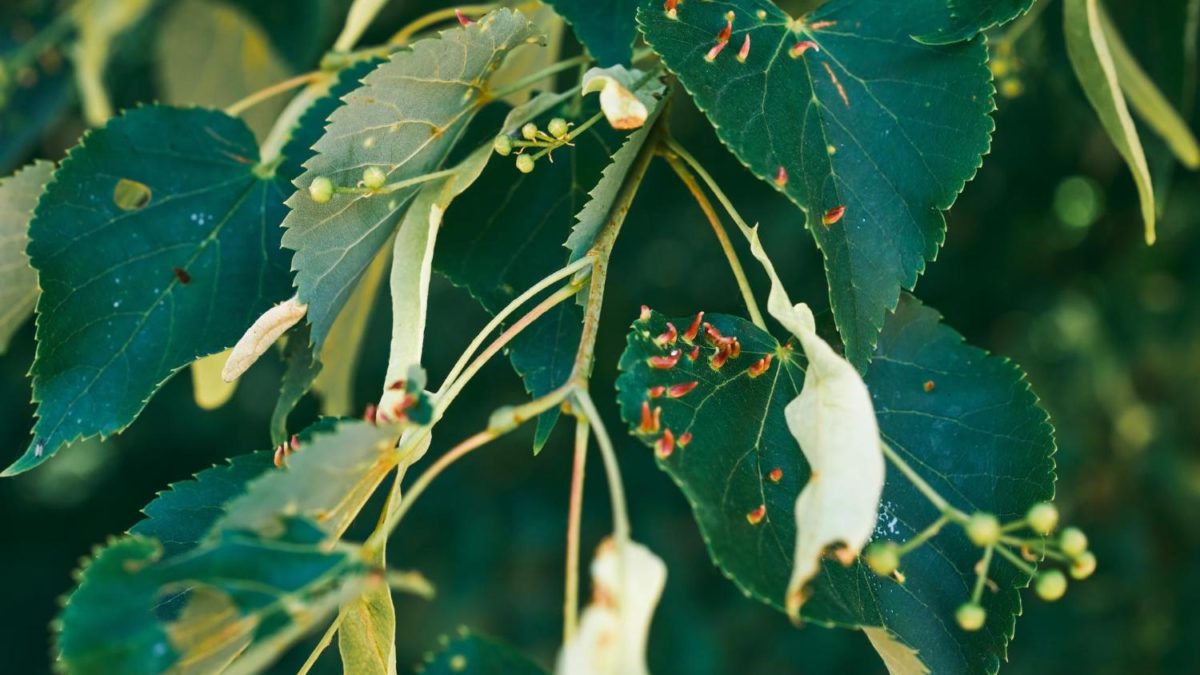
[…] you think you have clover mites in your home, you may be wondering how to get rid of them. There are several ways to prevent clover […]
[…] Clover mites damage plants by sucking out their sap. This weakens the plant and can eventually kill it. Clover mites can also spread diseases from one plant to another. […]